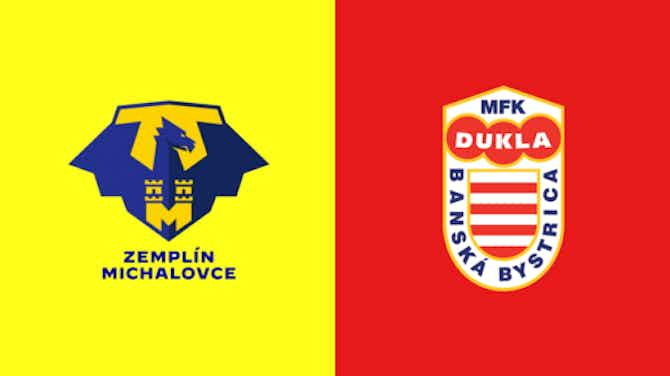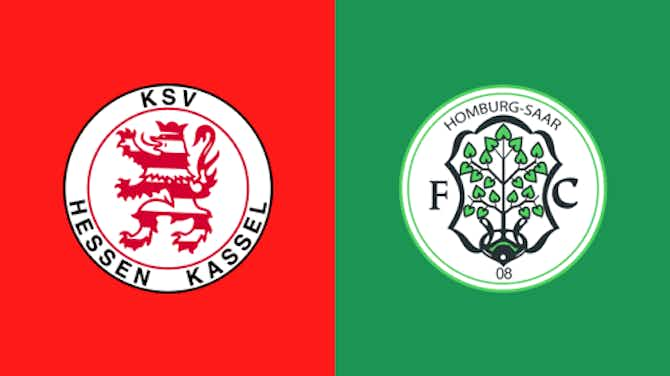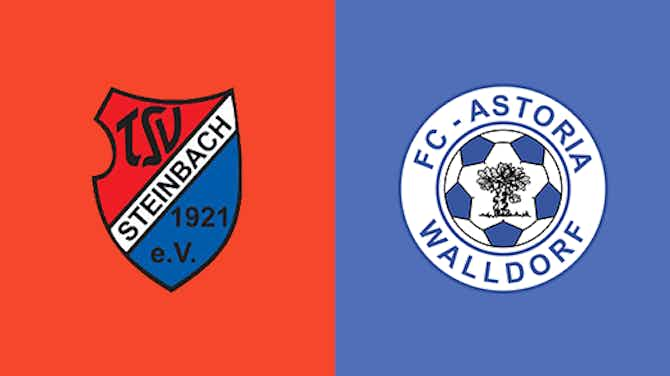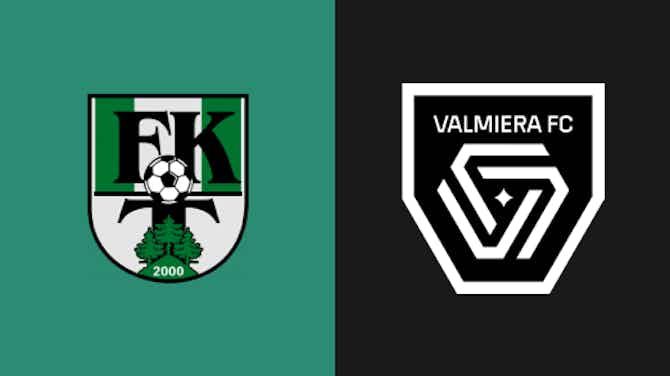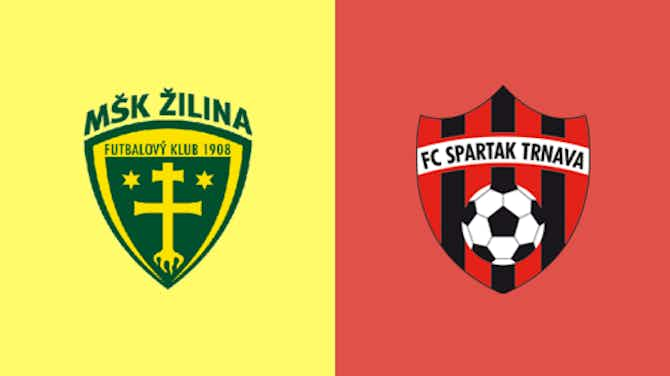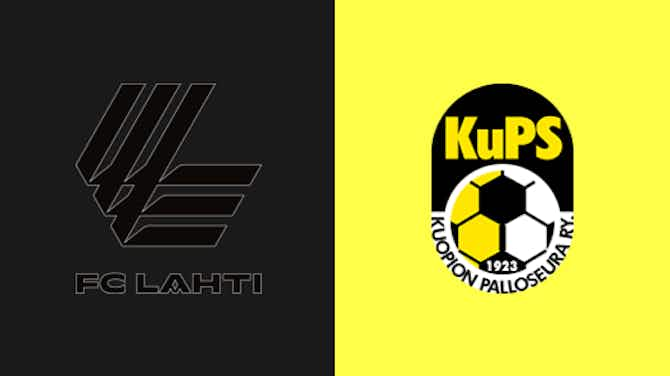World Football Index
·12 May 2022
Melgar Carrying Peruvian Sides’ Reputations In Continental Football
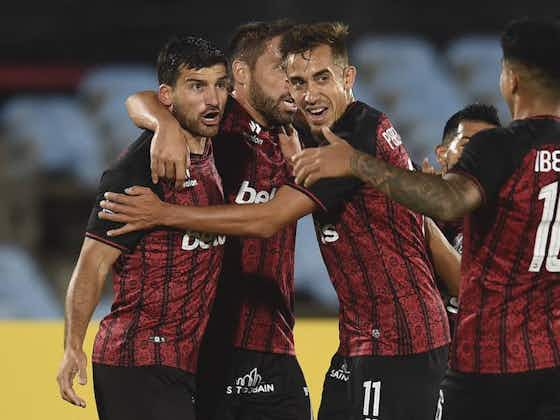
World Football Index
·12 May 2022

By Mike Rice.
The Apertura is reaching the final stretch in Peru, and there have been wildly varying results for those sides who were able to compete in Copa Sudamericana and Copa Libertadores football from the start of the season.
Atop the table sit Sport Huancayo, with a one point advantage and a game in hand, they are a side from the Junín region in central Peru, a little over 3,000 meters above sea level. With no continental football to play this season, they have had their full focus on the league, whilst finally having their home advantage to lean on.
Alianza Atletico remain in the hunt, from the north of Peru in the city of Sullana in Piura. They came close to relegation last season, as did Binacional from the south, in the city of Juliaca in the Puno region, close to the floating islands of Lake Titicaca.
Both these sides, as well as Huancayo have benefited greatly from the return to a countrywide league, rather than the near two-seasons where all games were played in Lima. Sullana is known for its roasting heat, while Juliaca is close to 4,000 meters above sea level and, like Huancayo, is difficult for opposing sides.
The players for these teams have had to acclimatise themselves, so in the early stages of the season the advantage was much slimmer, though all three have shown their abilities away from home as well.
What has proven to be a huge challenge for eight of last season’s sides, has been the continental football.
Copa Libertadores sides, Sporting Cristal and Alianza Lima have had a slow start to domestic football. Both have rotated their sides regularly.
Cristal’s struggles have centred around the disappointing recruitment of striker John Jairo Mosquera who was brought in from the Bolivian Primera and has already had his contract terminated. Cristal also brought in Peruvian International Yoshimar Yotun on a short-term deal to help with the Libertadores performances, but sadly they seem destined for bottom spot in the group once again with two more games to play.

Yoshimar Yotun
There has also been a number of other midfield and attacking midfield players added which has given them plenty of options, possibly too many.
This has affected the form and development of some of the exciting young players they have at their disposal.
Alianza Lima have also made a number of transfers which has again crowded some positional areas and neglected others.
The big-money signing of Cristian Benavente is still a work in progress, although Pablo Lavanderia has been a particular success.
Carlos Bustos, the manager, has ditched his 5-3-2 formation and moved to a back four, though this has taken time and these changes came late in the Copa Libertadores group stages.
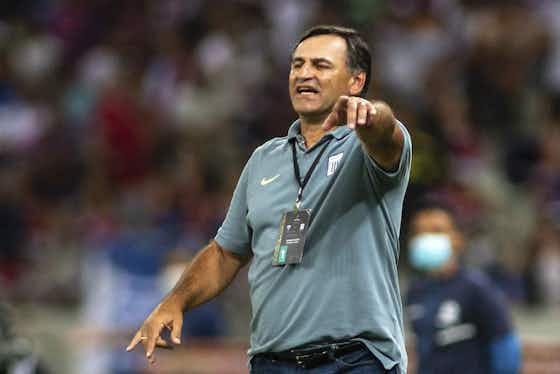
Carlos Bustos
Alianza remain three points adrift of Fortaleza in their group and will need a win over the Brazilians to have any hope of reaching the third-place sport for Copa Sudamericana qualification. Mathematically it’s still possible, though the realistic view is not one of confidence.
Both these sides added what they saw as quality in the hope of finally gaining some slight success in the competition. Though sadly from a Peruvian point of view it has once again come up short.
Universitario and Cesar Vallejo both fell in the qualifying rounds of the Libertadores and the former is continuing to perform well in the league and have been lucky – with officiating – to find themselves with a man advantage on a number of occasions.
Cesar Vallejo have started to improve after a slow start. They are hard to beat but have struggled for goals in the early stages of the season. The return of Yorleys Mena up front has given them some reason to be positive for the Clausura.
For Ayacucho, they have had some great performances in their return to the Copa Sudamericana, though it has come at the expense of their league form. Christain Tachera has been an exciting signing and one of the best foreign players in the league, though Ayacucho have only won three times in the league from 13 games and are in 14th place.
Sport Boys have been through three managers and brought in a huge array of signings to try and reach the Sudamericana group stages but were knocked out in the qualifiers by Ayacucho.
The two teams who seem to have handled this the best are Cienciano and Melgar. Cienciano had their squad decimated after good performances earned several key players moves abroad or bigger deals at other clubs. They have, though, recruited well and are the league’s highest scorers with 23 and have the second-best defence, only conceding 11 from 12 games.
Melgar are once again proving that a thought-out plan and philosophy can help prepare and develop whilst competing as a top side in the league.
They are sitting top of their group in the Sudamericana with three wins and one defeat, level with Argentine side Racing Club. Their opening game defeat to Cuiabá will be looked back on as a frustrating game which they should have won with their first-half domination.
In the league they are currently second, one point off the top, and their success at home and abroad have been down to two key factors.
Their recruitment is based upon specific needs. They are not a side to go and bring in players just because they are available, they bring in those that fit their system’s needs. Melgar signed two central midfielders who added depth and quality to positions that were thin.
Their philosophy and playing style go from the academy through to the first team. Especially in defensive areas, young players are able to come into the first team without the concerns of readiness other managers have.
This is a huge concern at other clubs, though in Melgar, players like Matías Lazo can step into the first team without fear. It is something that may be common in most countries, but this style of club management is rare in Peru, and something others should be looking at to improve their long-term futures.
Melgar remain Peru’s brightest hope in continental competitions, and a tough trip to Argentina awaits to see if they can reach the top spot in their group and progress to the knock-out rounds.
Finances clearly play a huge part in this; some teams just do not have the funding to develop their academies. This is something that the Peruvian Football Federation needs to look at when trying to support and develop the national game and raise the standard of a league which, apart from a few exceptions, is still a long way behind in South America.






